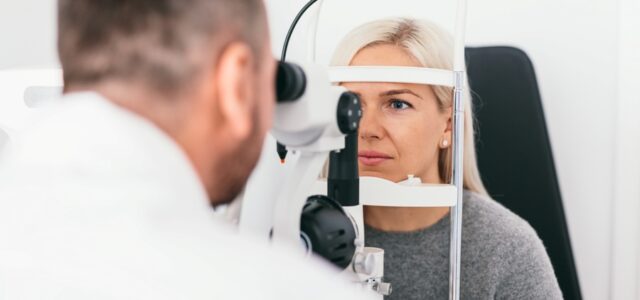Lyme Science Blog
Dr. Daniel Cameron, MD, MPH, is a nationally recognized leader for his expertise in the diagnosis and treatment of Lyme disease and other tick-borne illnesses. His weekly Lyme Disease Science blog features articles covering the latest research, insights and case reviews.
Lyme Science Blog
Ticks live and thrive in the Alps
Over a 4-year period, investigators examined ticks that Live in the Alps and their transmitted pathogens, along with the altitudinal
Lyme Science Blog
Are doctors reluctant to diagnose Lyme disease?
Investigators asked clinicians to review 11 cases of Lyme disease to determine if doctors are reluctant to diagnose Lyme disease.
Lyme Science Blog
Can Lyme disease cause dementia?
In a retrospective study, entitled “Secondary dementia due to Lyme neuroborreliosis,” Kristoferitsch and colleagues describe several case reports of patients
Lyme Science Blog
Can Lyme disease cause jaundice?
Two recently published case reports address the question: Can Lyme disease cause jaundice? While it is uncommon, the authors conclude,
Lyme Science Blog
Subacute transverse myelitis caused by Borrelia infection
Subacute transverse myelitis is a neurologic syndrome caused by inflammation of the spinal cord. It can be caused by various infections,
Lyme Science Blog
Lyme disease infection triggers heart block in young man
If left untreated, Lyme disease can progress causing heart block and other cardiac problems, such as cardiomyopathy and myocarditis “due
Lyme Science Blog
POTS patients with brain fog have neurocognitive deficits
A recent study by Wells and colleagues ¹ confirms findings from previous studies which demonstrated that POTS patients with brain
Lyme Science Blog
POTS : An autonomic disorder in Lyme disease patients
In the journal Cureus , Tahir and colleagues describe the symptoms and treatment of POTS,¹ a condition often seen in
Lyme Science Blog
Tick bites during pregnancy. A perspective.
The authors cite studies with “high-level evidence” recommending prophylaxis treatment of tick bites during pregnancy with a single dose of









